Posted on 12/21/2024

Cold weather can bring out the quirks in your car, especially when it comes to how it handles the road. You may notice a ride that feels bumpier than usual, leaving you wondering what’s going on. It’s not your imagination—freezing temperatures affect your vehicle in ways you might not expect. Let’s explore why cold weather impacts your car’s ride and what you can do about it. How Cold Temperatures Affect Your Tires Tires are one of the most significant factors influencing how your car feels on the road. In colder weather, the air inside your tires contracts, which can lead to a drop in tire pressure. Underinflated tires don’t absorb shocks from the road as well, causing the ride to feel rough. On top of that, the rubber in your tires becomes stiffer in cold conditions, reducing their ability to flex and grip the road. Maintaining the correct tire pressure is crucial year-round, but it becomes even more critical when temperatures p ... read more
Posted on 11/28/2024

When it comes to your vehicle, trust is everything. Whether it’s a routine check-up or a major repair, you want to know the person working on your car has the skills and knowledge to get the job done right. That’s where ASE certification comes into play. But what exactly is ASE certification, and why does it make such a big difference in the quality of auto repairs? What Is ASE Certification ASE stands for the National Institute for Automotive Service Excellence, an independent nonprofit organization established to improve the quality of automotive service and repair. ASE-certified technicians have demonstrated their expertise through rigorous testing and real-world experience. To earn certification, a technician must pass a challenging exam that tests their knowledge of various automotive systems, from brakes to engine performance. But it doesn’t sto ... read more
Posted on 10/31/2024
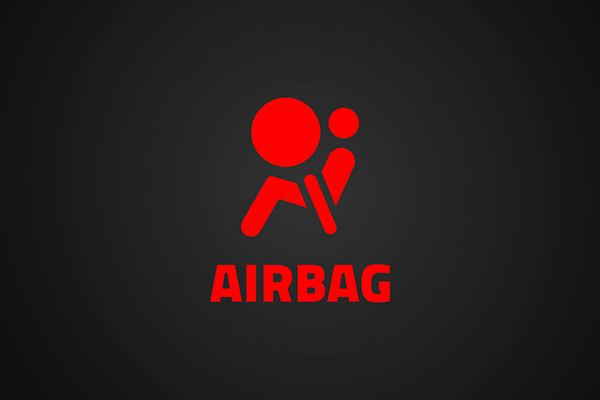
Airbags are one of the most essential safety features in modern vehicles. Designed to deploy during collisions and protect passengers from severe injury, they’ve saved countless lives since their introduction. However, like any other component in your car, airbag systems aren’t immune to issues. Whether you’re driving a newer model or an older vehicle, understanding the most common airbag system problems can help you stay safe and address issues before they become hazardous. 1. Airbag Warning Light Stays On One of the first signs that something might be wrong with your airbag system is when the warning light on your dashboard stays on. This light is designed to alert you to potential issues within the airbag system, whether it’s with the sensors, wiring, or the airbags themselves. When the airbag warning light is illuminated, it typically means that the system has been deactivated, which could prevent the airbags from deploying in an accident ... read more
Posted on 9/27/2024
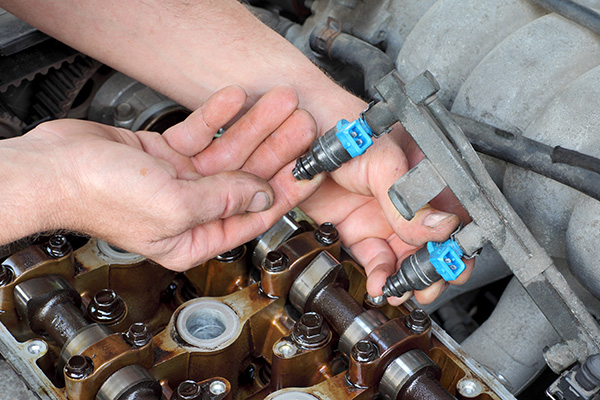
When it comes to keeping your car running efficiently, the fuel injectors play a pivotal role. Whether you’re cruising on the highway or idling in traffic, your fuel injectors are constantly at work, ensuring your engine gets the right mix of air and fuel. But what exactly does a fuel injector do, and why is it so critical to your vehicle’s performance? What Is a Fuel Injector? At its core, a fuel injector is a vital component of your car's fuel system. It's responsible for delivering fuel into the engine's combustion chamber in precise amounts. This mixture of fuel and air is then ignited, generating the power needed to move your car. Fuel injectors replaced carburetors in most modern vehicles due to their superior efficiency and precision. Today, fuel injectors are a critical component in optimizing both fuel efficiency and engine performance. How Do Fuel Injectors Work? Fuel injectors work through a series of electronical ... read more
Posted on 8/27/2024
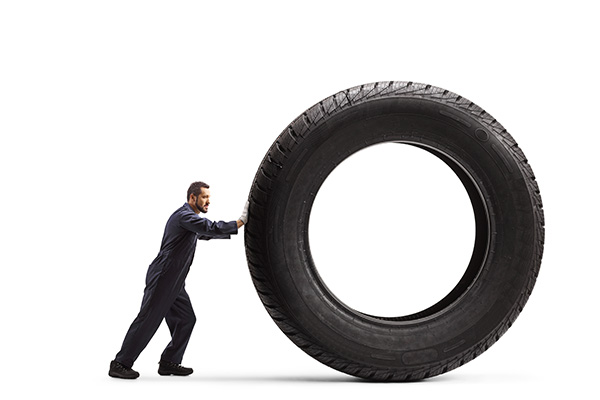
When it comes to personalizing your vehicle, upgrading to bigger wheels and tires is a popular choice among car owners. The idea of giving your car a more aggressive posture, improving its performance, or simply making it stand out on the road is appealing. But, like any modification, there are both benefits and drawbacks to consider before making the switch. Whether you're after a more dynamic look or an enhanced driving experience, it’s essential to weigh the pros and cons of upgrading to bigger wheels and tires. Why Bigger Wheels Are So Popular Let’s face it, bigger wheels just look cool. One of the most compelling reasons car owners choose to upgrade their wheels and tires is the aesthetic appeal. Larger wheels give your vehicle a sportier, more aggressive appearance that can completely transform its look. If you're aiming for a customized appearance, bigger wheels can make your car stand out in a crowd. They also tend to fill the wheel well b ... read more
Posted on 7/29/2024
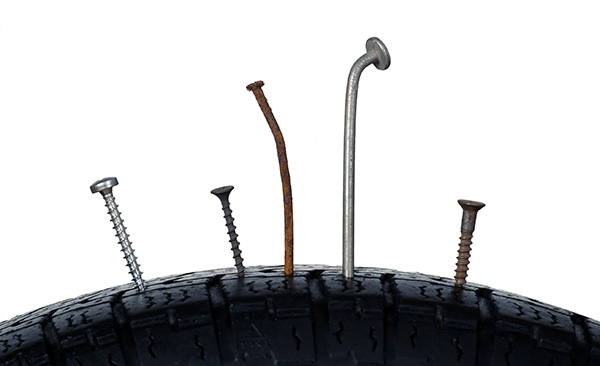
We've all been there – a sudden bump on the road followed by the unmistakable flapping sound of a flat tire. It's a frustrating experience, but the good news is that not all flat tires spell the end for your rubber companions. Understanding when a tire repair is possible can save you money, time, and the hassle of needing a brand-new tire. So, how do you know when a tire is repairable? Assessing the Damage Location One of the first things to consider when determining if a tire repair is possible is the location of the damage. Punctures in the tread area are generally repairable, especially if they're not too close to the edges. This central part of the tire is designed to endure road hazards better, making it a prime candidate for repair. However, repair is not possible if the puncture is on the sidewall or shoulder of the tire. The sidewall flexes more and supports the weight of the vehicle, making it a weak spot for repairs. The Extent of ... read more
Posted on 6/27/2024
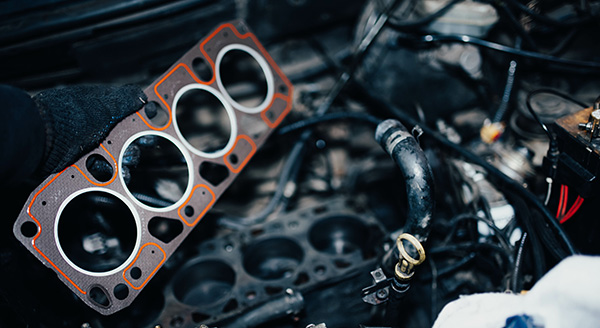
A blown head gasket – the mere mention of it sends shivers down the spine of many car owners. It's one of those dreaded issues that can make even experienced drivers worry about the fate of their beloved vehicle. But the big question is - Is a blown head gasket repairable? The Role of the Head Gasket The head gasket is a needed component located between the engine block and the cylinder head. It seals the internal combustion process and prevents coolant and oil from mixing. It ensures your engine runs smoothly and efficiently by maintaining proper compression and preventing leaks. Symptoms of a Blown Head Gasket How do you know if your head gasket is blown? Several telltale signs indicate this problem. Recognizing these symptoms early can help prevent further damage to your engine: Overheating: One of the most common signs is engine overheating. A blown head gasket can cause the engine to overheat due to coolant lo ... read more
Posted on 5/30/2024

Have you ever experienced that terrifying moment when your car seems to lose contact with the road during a rainstorm? That's hydroplaning, a dangerous situation where your vehicle slides uncontrollably on a wet surface. But what exactly causes hydroplaning, and more importantly, how can you avoid it? Let's look into the mechanics of hydroplaning and equip you with practical tips to stay safe on wet roads. The Science Behind the Slide Hydroplaning occurs when a layer of water builds up between your vehicle's tires and the road surface, leading to a loss of traction. Essentially, your tires are floating on water rather than gripping the road. This phenomenon typically happens during heavy rain or on surfaces where water pools. Several factors contribute to hydroplaning, including speed, tire tread depth, and water depth. When driving at high speeds, your tires don't have enough time to displace the water in front of them, resulting in a buildup that lifts the tires of ... read more
Posted on 4/29/2024
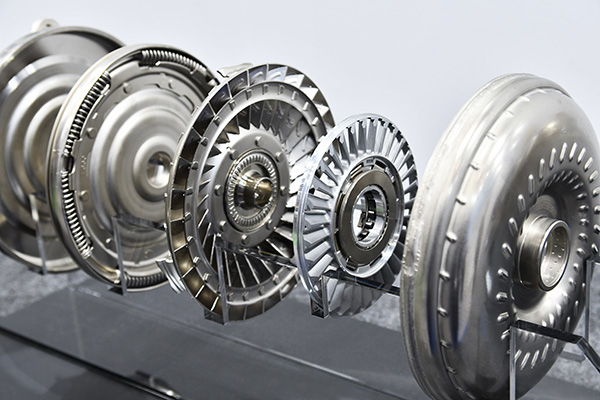
You may have heard the term "torque converter" thrown around in automotive circles, but what exactly is it, and how does it contribute to your vehicle's performance? The Torque Converter At its core, a torque converter is a hydraulic coupling device found in automatic transmission systems. Its primary function is to transfer power from the engine to the transmission, allowing for smooth and efficient acceleration while driving. A torque converter consists of three main components: the impeller, turbine, and stator. These elements work together to transmit power through the fluid coupling process, allowing for variable torque multiplication depending on driving conditions. How It Works Unlike manual transmissions, which rely on a clutch to engage and disengage the engine from the transmission, automatic transmissions utilize a torque c ... read more
Posted on 3/21/2024

Navigating through heavy traffic can be a stressful experience, testing the patience of even the most composed drivers. However, staying calm in traffic is crucial for both your mental well-being and the safety of everyone on the road. If you’re wondering how to keep your cool during traffic jams and congestion, keep reading our blog to find out. 1. Create a Relaxing Playlist One effective way to ease stress in traffic is to create a playlist of your favorite calming music. Whether it's classical tunes, soothing instrumental tracks, or your preferred genre of music, having a playlist ready can transform your commute into a more enjoyable experience. Plug in your favorite tunes and let the music help you relax. 2. Practice Mindful Breathing Mindful breathing is a powerful technique to reduce stress and stay centered. Focus on your breath, taking slow and deliberate inhalations and exhalations. Concentrating on your breath helps dive ... read more